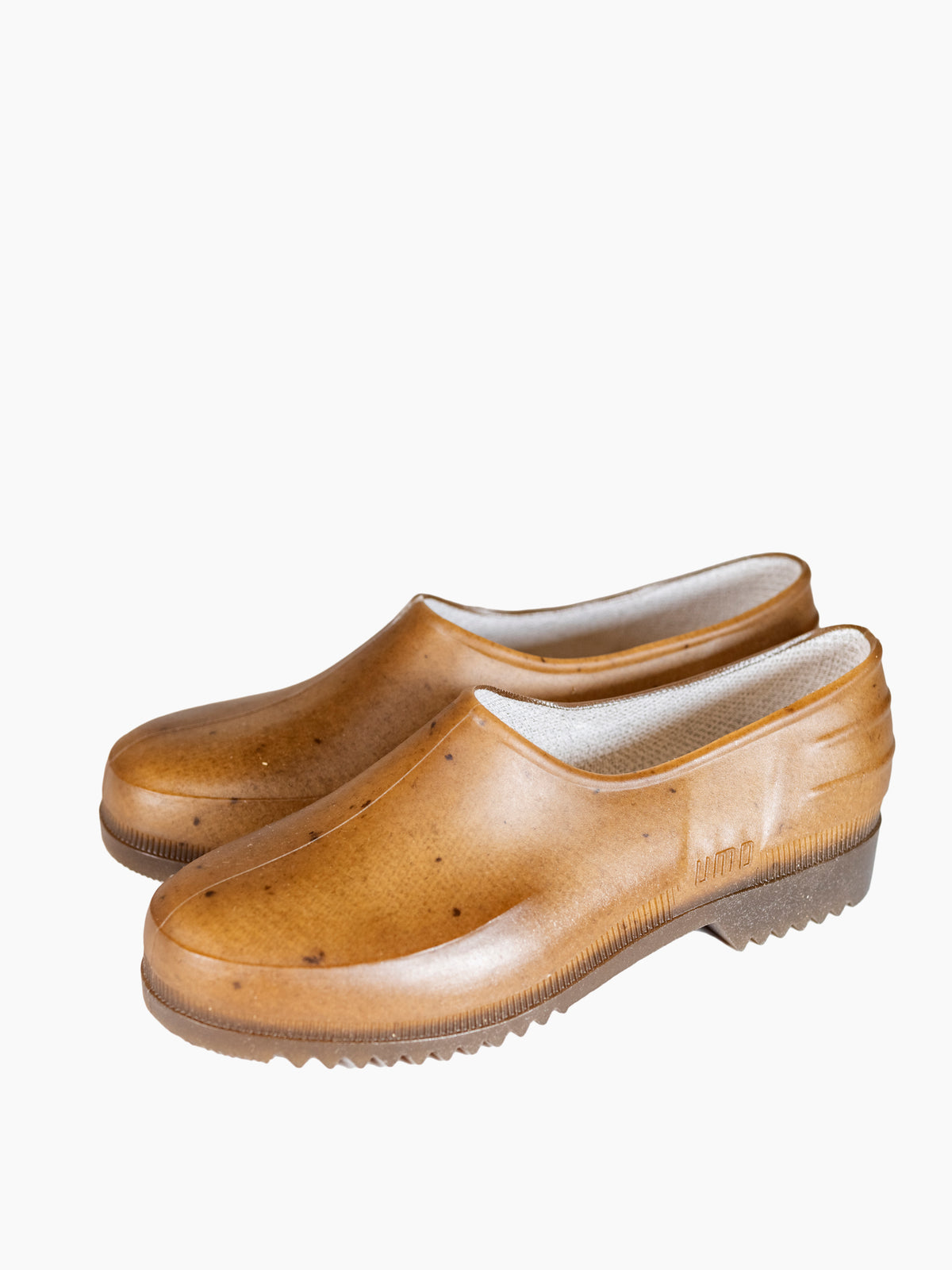We were honored to have our favorite Gardener and Educator, Annie Novak, answer all our gardening questions for late summer.
Annie Novak is founder and director of Growing Chefs, field-to-fork food education program; the Manager of the Edible Academy at the New York Botanical Garden, and co-founder and farmer of Eagle Street Rooftop Farm in Greenpoint, Brooklyn in partnership with Goode Green and Broadway Stages. She is the author of The Rooftop Growing Guide: How to Transform Your Roof into a Garden or Farm.

It's late in the season - what can I still plant in my vegetable garden in September?
First, look up your growing zone and your fall frost date. Then count back to today's date. Is it 50 days away? Sixty? Thirty-five days? Look for vegetables with that as their "days to harvest" period. For example, while it takes up to 85 days to grow most tomatoes, many leafy greens and root crops mature within 35 - 50 days. Sunlight hours dwindle as fall closes in, but you can usually get a quick round of these short-season crops in. For more advice, Johnny's Selected Seeds' website has both vegetable recs suited for colder temps and shorter daylight hours. My favorites include "hakurei" turnips, "buttercrunch" lettuce, "bloomsdale" spinach, and "rover" radish.

When should I harvest my root vegetables? Is there a proper way to clean them?
We all know what root vegetables look like when we buy them, but it's hard to guess how big they are when they are growing under ground! I recommend circling the top of the taproot (for radishes, carrots, parsnips, etc.) and feeling the circumference. When it starts to match the size of the taproots you've eaten before, take a gamble and pull it out!
After a few seasons of growing different varieties, you'll get a sense of how long it takes for them to mature (and under what weather conditions they grow best), and be able to time it based on days, rather than poking around and guessing. For tubers like potatoes and sweet potatoes, typically you harvest them when the plant's stem and leaves seem to wither and die back.
I wash my root crops with clean water, but I rarely peel them. A hard-bristled brush will take off about as much peel as necessary. I love the peel for the flavor in addition to the nutrients you retain by keeping it. I also find that the root crops bake or steam better with the "skin" still on.

What does the end of summer mean to you as a gardener / bird watcher? How can we tune more into this time of the season?
August and early September are magical months. On the East Coast, the Atlantic Ocean warms up while the evening air cools, making for perfect end of day swims with the last of our local Moon jellyfish. Monarch butterflies begin their intergenerational journey south. I can start seed-saving from summer flowers like yarrow and cosmos. The birds born during the summer breeding season are moving southward. Two of my favorites are Piping Plovers, of which there are only about 6,000 in the world, and Black and White Warblers, a neotropical songbird that weigh only about as much as a nickel and a quarter but fly all the way to Central and South America. Rather than treating trees as a giant green mass, unidentified, fall is an excellent time of year to differentiate each from another, both as species and as individuals. The magnificent change of color in our oaks, maples, hickories, elms, sumacs (and so many more!) is globally unique. A beautiful book to use as your companion to meeting them anew is A Natural History of North American Trees (David Cultross Peattie).
Thank you Annie! We love you!





